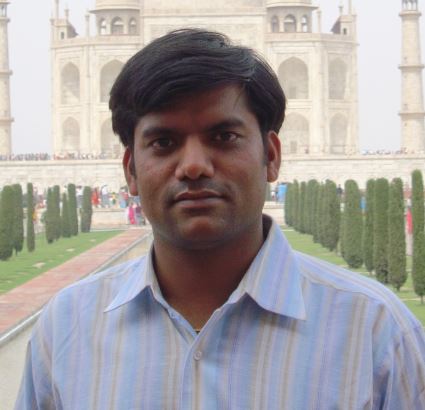



India's First Cattle Welfare Guidelines: What Do They Mean?
INDIA - A new national welfare code will set a baseline for keeping livestock in India, World Animal Protection told TheCattleSite in an interview.The first of its kind in India, the World Animal Protection (WAP) guidelines form the first welfare measure to sweep through what is the world's biggest cattle herd.
WAP director Gajendra Sharma told TheCattleSite that the code is voluntary to begin with and will not cost farmers, with a collaborative consultation between farmers and government expected in the coming years.

Launched on October 10, the National Code of Practices for Management of Dairy Animals in Gujarat was revealed at the Anand Agriculture University campus.
What are the new standards?
The ‘National Code of Practices for Management of Dairy Animals in India’ is the country’s first set of standard for animal husbandry practices. The code will also help set a baseline for the humane treatment of animals (both cows and buffalo) used by the dairy industry.
What will they mean to the Indian Dairy Sector?
India’s dairy sector has the largest dairy herd in the world, but until this point, had no scientific set of recommendations to ensure humane and sustainable management of its animals. The new set of guidelines will fill this gap and help improve the welfare of tens of millions of dairy animals across the country.
We know healthy dairy animals live longer and produce more milk, so farmers who make positive changes by adopting the code, will not only be protecting their animals, but will also be helping their businesses.
Further to this, the standards will be particularly important into the future as we are seeing a change in India’s dairy farming systems. We are moving from traditional small scale subsistence based farming to intensive systems based on advanced technology and high milk yielding cross bred cows and improved breeds of buffalo. Consistent standards to ensure good welfare and healthy animals are critical to success.
*
"We know healthy dairy animals live longer and produce more milk"
Why are the standards needed?
The suffering of animals in the dairy industry is one of India’s greatest animal welfare challenges.
A growing number of the country’s 300 million dairy animals – collectively the world’s largest herd – are living in intensive farming systems in overcrowded, barren conditions causing the animals’ immense suffering. The code will not only help improve the welfare and conditions for these animals, but it will also improve productivity and profitability for India’s dairy industry.
In the light of the changing practices of dairy farming in the country, the industry is facing new challenges around health, disease control, breeding and sustainability. Dairy husbandry standards are important to bring consistency to production practices in the industry, ensuring both high welfare and quality of milk products.
The code will also help build consumer confidence and accessibility to safe, quality milk products. It will support checks on milk produced and will help the Indian dairy industry come into line with other major high-welfare global producers.
Will it bring farmers a bigger profit?
Yes. We know, healthy, dairy animals who are well cared for, live longer and produce more milk – so farmers who make positive changes to protect their animals are also helping their businesses to increase productivity and profitability.
What are the benefits for the farmer?
The code provides advice on all aspects of the industry from breeding and husbandry, through to guidance on how animals should be fed and housed. Basic hygiene, sanitation and guidance on record keeping is also included. By following the code farmers will have a clear guide which will help them protect their animals and manage their herd in a better way.
For example, the code encourages good practices among farmers such as actively monitoring mastitis or various diseases while also clearly prescribing prevention strategies to keep animals free from disease and suffering. This in turn prevents additional costs on managing ailments in the future.
Will it increase production costs?
There is a misconception within industry that high-welfare must be mean spending tens of thousands of rupees, but this is not always the case. Even minor improvements which involve minimal costs can make a great difference to an animal’s welfare.
The other thing to consider is that studies show that healthy, dairy animals who are well cared for, live longer and produce more milk. Ultimately this means any money farmers are investing to improve conditions and welfare of their animals, will come back to them in return productivity and profits.
Are the dairies and the large companies in agreement?
The code was developed over a two year period, ensuring feedback from many different stakeholders could be included. Experts from the National Dairy Development Board, Animal Husbandry Department, Animal Welfare Board of India and many dairy farmers were involved. It is encouraging to see dairy farmers who are already eager to help promote the code and their own success using higher-welfare welfare practices.
Are the supermarkets and stores in agreement?
We do not yet have a safe milk supply in the country, and the change has to begin from those who directly manage animal products. We firmly believe that in the long run, supermarket and departmental stores will play a major role in changing the consumer behaviour, and with regular promotions and display in retail shelves; the awareness and demand for the high welfare friendly products will be created in the consumer market.
Who is leading the call for the new standards?
This has been a collective effort between the industry and the government.
World Animal Protection has played a key advisory role while also hosting consultations with the National Dairy Research Institute, dairy farmers and the scientific community.



